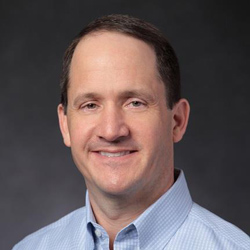Steeper-Than-Expected Learning Curve
As to why Maine was chosen for the first IFM project, Hagen points to “a unique set of conditions where we could change the forest management to grow additional carbon pools through IFM, while also serving our existing customers.”
For any IFM project, “we’re looking for areas where we can complement our timber revenues with our carbon credit revenues,” Hagen says.
He stresses that all IFM projects must represent real, measurable changes to the REIT’s business operations in order to capture additional carbon, deliver long-term climate benefits, and be based on a transparent methodology. “We believe these principles are essential to help build a trusted market.”
Hagen admits that the learning curve for the Maine IFM project was steeper than expected. “We underestimated the level of complexity. It took a lot of technical expertise and coordination to do it right.”
The process involved building a strong forest carbon development team, Hagen explains. Weyerhaeuser was able to tap existing expertise within the company, but it took time to build that team with carbon-project specific expertise. “Now, as we move into the next projects that we’ve announced in the South, we have this deep bench of talent, which is going to serve us well as we scale the business,” he says.
Scope of Market
Hagen says the voluntary carbon market is still relatively small today, with a value of around $1 billion to $2 billion a year. However, the market could be worth upward of $50 billion by 2030, according to McKinsey.
“Any time you have an emerging market, you have growing pains. And you’ve definitely seen some growing pains over the last couple of years, but a lot of the work that’s being done to increase transparency and scale is going to greatly benefit the development of the market,” Hagen says.
He notes that voluntary carbon credits were a lively topic of discussion at the COP28 summit in December 2023. “From a demand side, there’s strong interest in high quality projects that demonstrate real benefits that can be independently verified.”
For the voluntary carbon market to evolve, though, and generate a high velocity of trading, Hagen sees the need for more transparency and more alignment across methodologies and registries. “That’s something that is evolving. And we are encouraged by the standards that are being set” in order to realize the full benefit of working forests as natural climate solutions, he adds.
Find additional Timberland REIT Stories here:



